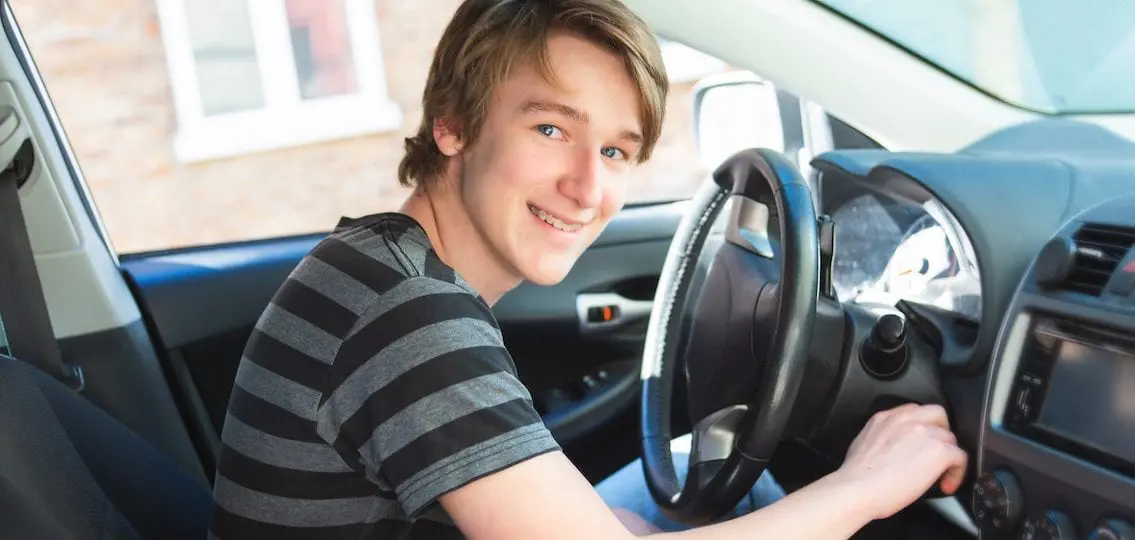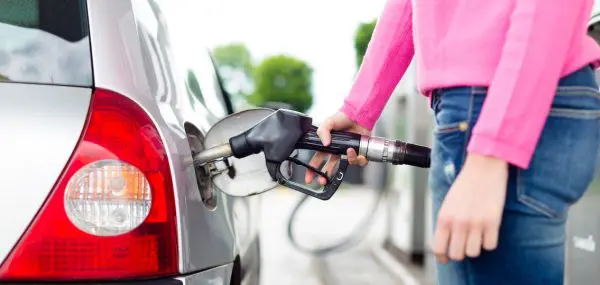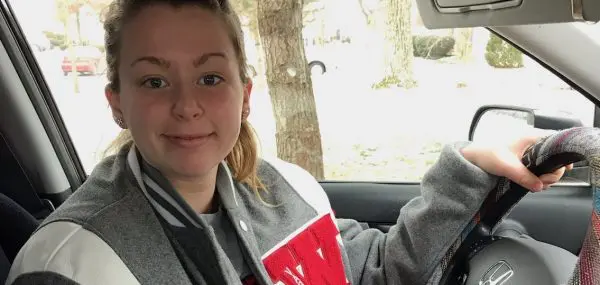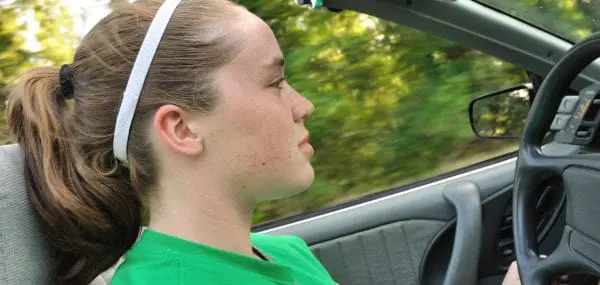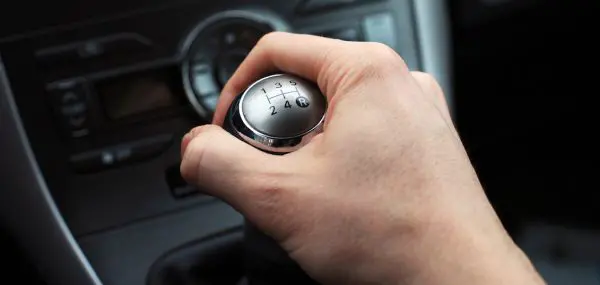Judging from the way my son’s face was beaming, I knew the news before he even got the words out of his mouth. His best friend had passed his driving test. Not only was his best friend now a fully licensed driver, but he had also texted my son to ask just how soon they could hit the road together and go to the movies.
I tried to reconcile the memory of my son’s best friend in first grade with the idea that he was now licensed to operate heavy machinery.
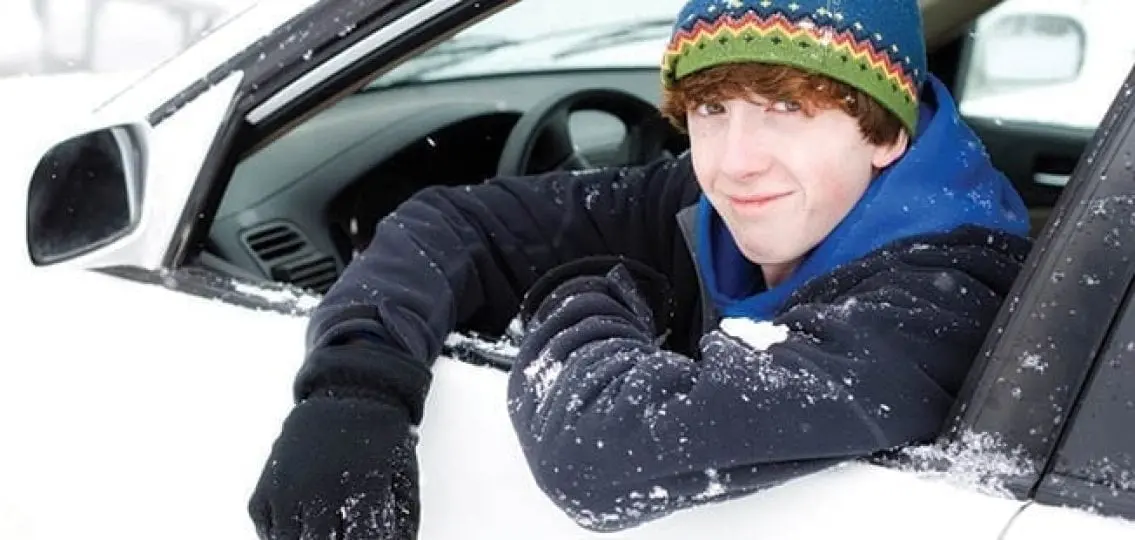
We’ve spent months teaching our son the rules of the road and bracing ourselves as he has learned to drive a manual transmission. On those first few trips with him behind the wheel, I gripped the door handle tightly and held my breath as he careened around corners.
Slowly but surely, though, our son has become a safe, cool-headed driver. And I know that’s because my husband and I take his safety, and that of the others on the road, seriously.
We have quizzed him about street signs and driving laws. We have sent him to driving lessons and enrolled him in a high-hazard driving school operated by a local car club.
Is It Safe for My Son to Ride with Friends?
But now that his friends are starting to drive on their own, I’m finding myself with a new dilemma: How do we know which of his friends are also safe drivers? How do we know which kids have been sent to driving school? Which ones take the rules of the road as seriously as we do? Is it okay for my son to ride with friends?
In short, we don’t.
So while my son smiled at me expectantly, waiting for me to tell him he could head to the movies that night in his best friend’s new car, I hesitated. I have known his best friend since they were together in the first grade. I know his parents spent the requisite hours teaching him to drive, too. But I still I wondered if my husband and I should have a set of requirements or stipulations for the friends who drive our kids around town.
Case by Case Decisions
When my husband came home that night, we talked about teen driving inexperience and bad choices behind the wheel. We discussed the parameters that we felt were concrete measures of driving safety.
Six months of driving without an accident, no speeding tickets, etc. But, as we talked things through, we realized that drawing arbitrary lines in the sand about driving experience and speeding tickets wasn’t the right approach either.
We’ve all heard the stories about the kid who has been pulled over four times by the police for speeding but managed to talk his way out of a citation. We all know the kid who was sideswiped while sitting at a traffic light two weeks after getting her license.
As with adults, a couple of arbitrary parameters can’t determine whether a kid is safe behind the wheel. Sure, we could call other parents and quiz them about how many times they made their child practice parallel parking. But, really, is that an effective way to monitor whether our son can ride with friends?
Short of standing in your driveway and quizzing your kids’ friends about stop signs, right of way, and highway merging, there’s truly no way to know if your kid is going to be safe when they pull out of your driveway.
After much discussion, my husband and I decided that we would make the decisions on a case by case basis, with as much information that’s available at the time. We told our son that we would need as much background as we could get about a friend’s driving record. We also reserved the right to offer to drive him ourselves if safety was a concern.
Our son agreed that solution was reasonable.
“I’ve seen how some kids come flying into the school parking lot,” he said. “No way am I getting in those cars.”
It was that statement that made us realize we’ll have to learn to trust our son’s judgment about his friends and their driving skills. We know he doesn’t want to be in a life-threatening accident, either.
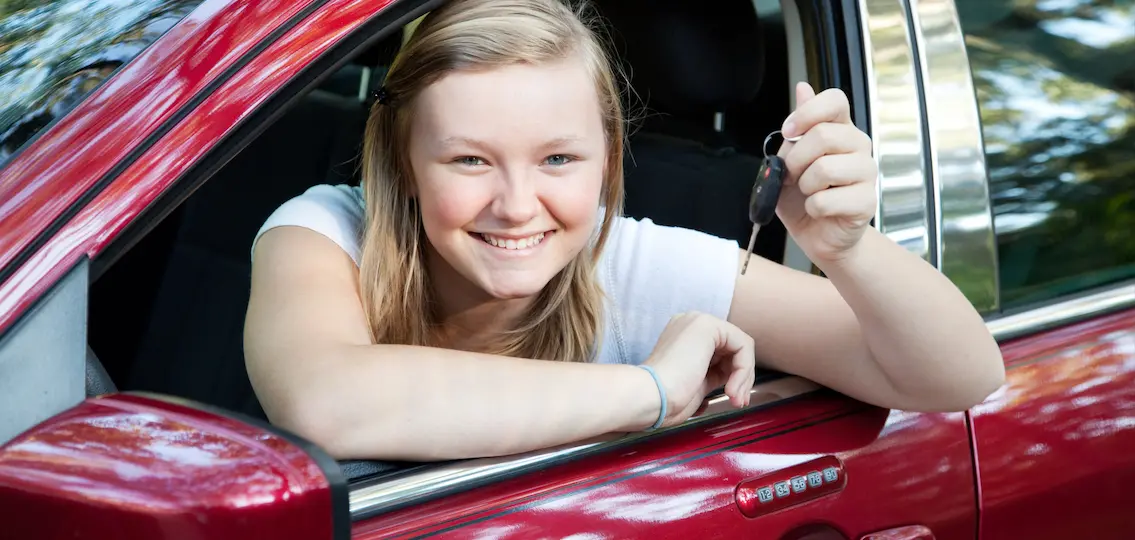
As I watched my son give me the thumbs up from the front seat of his best friend’s car, I asked them if they knew how to get to the theater. “Oh, we know, Mom, don’t worry,” my son said. Then they were off.
And so it begins.
